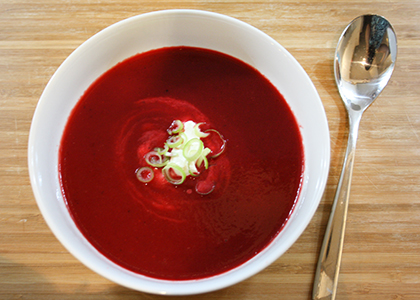We used salt, pepper and paprika as condiments. Sometimes bay leaves. I remotely heard about allspice and ginger. In Israel, a culinary heaven with so many different cuisines and endless fusion possibilities, I have and use a few dozen spices, sauces and herbs. The weirdest is Moroccan pickled lemons. At first I didn't understand the concept. Pickling is actually souring, but why sour something that is already sour? I learned that this flavorful mixture is the key ingredient in many excellent dishes.
 I love to experiment in the kitchen and try out new foods, even when having guests for meals. In fact, I cook new dishes every single week. I plan the menu by reading my favorite food blogs and deciding on dishes that fit well together. Then I send the shopping list with ingredients to hubby. Friday morning, 3 boxes with groceries greet me in the kitchen. We have breakfast, and let the magic (actually hard work) begin. The variety is great, but I end up with leftovers of exotic ingredients that have a minimal chance to be used before their expiration date.
I love to experiment in the kitchen and try out new foods, even when having guests for meals. In fact, I cook new dishes every single week. I plan the menu by reading my favorite food blogs and deciding on dishes that fit well together. Then I send the shopping list with ingredients to hubby. Friday morning, 3 boxes with groceries greet me in the kitchen. We have breakfast, and let the magic (actually hard work) begin. The variety is great, but I end up with leftovers of exotic ingredients that have a minimal chance to be used before their expiration date.I hate wasting food. In restaurants, you pay for the waste (and even then I hate it), but in home cooking, every edible leftover is used. All the famous chefs preach using those flavor-packed juices at the bottom of a pot. They are great for making couscous or rice, for example. I am always sorry to throw out food left on plates. Many years ago, in a guesthouse, I took a serving of something that looked delicious, but it turned out to be something else and totally not tasty. I left it on the plate. The host told me off in front of all the other guests for my wasteful behavior. I felt like a reprimanded child.
One of the traditional Passover foods of my childhood was beetroot soup. Because of its color, I mistakenly took my first bowl of beetroot soup for cherry soup. It tasted awful. Did not touch beetroot soup for years, until it occurred to me that the reason for the bad experience was my expectation for something else. Once I understood that, I started enjoying beetroot soup.
Expectation for taste or texture can also come from a dish's name. People with dietary restrictions or culinary preferences sometimes replace unhealthy ingredients with others, but keep calling the dish by the same name. The taste is usually disappointing. Why not call the dish by a different name or even better, why not create new dishes containing only healthy ingredients? Oh, did I mention I drink my coffee with almond "milk"? If "milk is a white liquid produced by the mammary glands of mammals", then what mammal produces soy milk or rice milk?
Unnatural food colors put me off. I would not eat blue food, for example. But oddly enough, I also dislike the idea of cute looking or too beautiful food. It's time consuming and wasteful, in short decadent.









